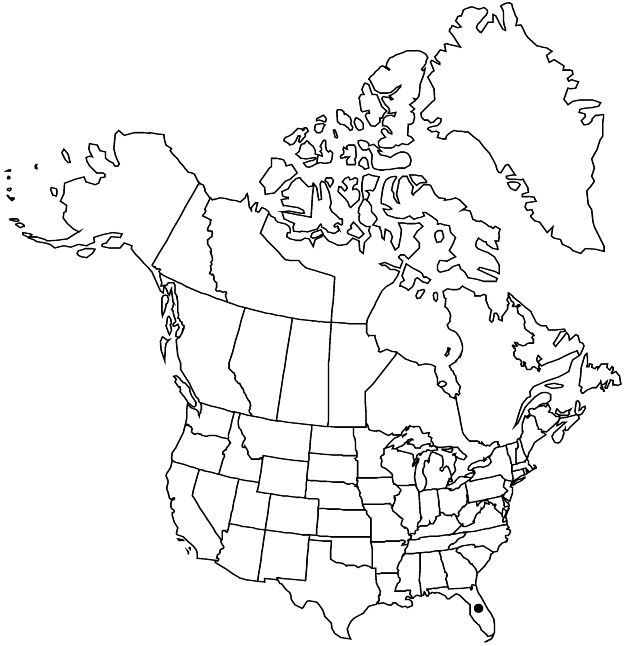Difference between revisions of "Malachra urens"
Diss. Bot. Pl. Doming., 22. 1805.
FNA>Volume Importer |
FNA>Volume Importer |
||
| Line 11: | Line 11: | ||
|name=Urena urens | |name=Urena urens | ||
|authority=(Poiteau ex Ledebour & Alderstam) M. Gómez | |authority=(Poiteau ex Ledebour & Alderstam) M. Gómez | ||
| + | |rank=species | ||
}} | }} | ||
|hierarchy=Malvaceae;Malvaceae subfam. Malvoideae;Malachra;Malachra urens | |hierarchy=Malvaceae;Malvaceae subfam. Malvoideae;Malachra;Malachra urens | ||
| Line 35: | Line 36: | ||
-->{{#Taxon: | -->{{#Taxon: | ||
name=Malachra urens | name=Malachra urens | ||
| − | |||
|authority=Poiteau ex Ledebour & Alderstam | |authority=Poiteau ex Ledebour & Alderstam | ||
|rank=species | |rank=species | ||
| Line 50: | Line 50: | ||
|publication year=1805 | |publication year=1805 | ||
|special status= | |special status= | ||
| − | |source xml=https://jpend@bitbucket.org/aafc-mbb/fna-data-curation.git/src/ | + | |source xml=https://jpend@bitbucket.org/aafc-mbb/fna-data-curation.git/src/f50eec43f223ca0e34566be0b046453a0960e173/coarse_grained_fna_xml/V6/V6_510.xml |
|subfamily=Malvaceae subfam. Malvoideae | |subfamily=Malvaceae subfam. Malvoideae | ||
|genus=Malachra | |genus=Malachra | ||
Revision as of 22:05, 16 December 2019
Plants 0.5–1 m. Stems hispid with long, simple hairs and with longitudinal lines of minute hairs. Leaves: stipules 7–15 mm; petiole 1/2+ as long as blade; blade broadly ovate to weakly 3-lobed, 3–12 cm, apex acute to obtuse, surfaces hispid. Racemes short-pedunculate; peduncle shorter than corresponding petiole; boat-shaped floral bracts sessile, without markings, ovate, margins entire, hispid. Flowers: calyx 3–5 mm; petals 7–11 mm. Mericarps 3 mm, smooth with reticulate veins, minutely puberulent to pubescent.
Phenology: Flowering year-round.
Habitat: Disturbed vegetation, savannas, secondary vegetation, often in poorly drained soil
Elevation: 0–500 m
Distribution

Fla., West Indies (Cuba, Puerto Rico).
Discussion
The name Malachra fasciata Jacquin is sometimes misapplied to M. urens, but the former is white-flowered rather than yellow-flowered, and differs in other characters, as noted by F. Areces B. and P. A. Fryxell (2007).
Selected References
None.